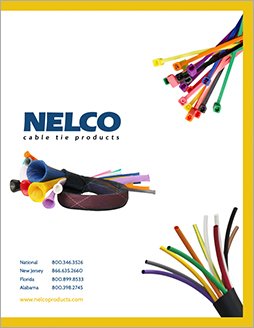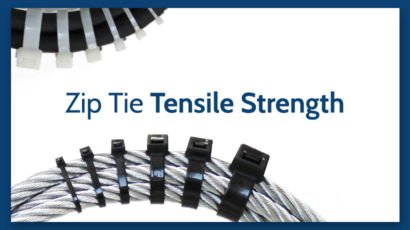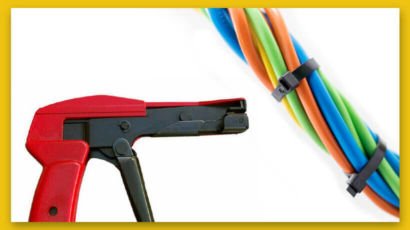Stainless Steel Cable Ties 101

Stainless steel cable ties, also known as stainless steel zip ties or stainless steel cable clamps, are a type of fastening and bundling solution commonly used in various industries and applications. Unlike traditional plastic cable ties, stainless steel cable ties are made from corrosion-resistant stainless steel material, which makes them suitable for environments where exposure to moisture, chemicals, extreme temperatures, and outdoor conditions is a concern.
Here are some key features and applications of stainless steel cable ties:
Features:
Durability: Stainless steel cable ties are highly durable and resistant to rust, corrosion, and UV radiation, making them suitable for both indoor and outdoor use.
Strength: They have high tensile strength, which allows them to securely hold together heavy bundles of cables, wires, hoses, or other items.
Temperature Resistance: Stainless steel cable ties can withstand a wide range of temperatures, making them suitable for applications in extreme heat or cold.
Chemical Resistance: They are resistant to various chemicals and solvents, which is beneficial in environments where exposure to harsh chemicals is a concern.
Security: The strong locking mechanism ensures that the ties remain securely fastened once tightened.
Applications:
Industrial Settings: Stainless steel cable ties are commonly used in industries such as manufacturing, construction, and oil and gas, where durability and resistance to harsh conditions are essential.
Marine and Nautical Applications: Given their corrosion resistance, stainless steel cable ties are used for securing cables and equipment on boats, ships, and other marine structures.
Automotive: They are used for securing wiring, hoses, and other components in vehicles, particularly in engine compartments where exposure to heat and chemicals is common.
Aerospace: In the aerospace industry, stainless steel cable ties are used for organizing and securing wiring and components in aircraft.
Outdoor Installations: They are used in outdoor installations such as telecommunications, outdoor lighting, and signage, where exposure to weather conditions is a concern.
Food Processing and Pharmaceutical Industries: Stainless steel cable ties are preferred in environments that require strict hygiene standards due to their corrosion resistance and ease of cleaning.
When using stainless steel cable ties, it’s important to ensure proper installation to achieve maximum effectiveness. They typically come with a self-locking mechanism that prevents them from loosening once tightened. Specialized tools, such as cable tie tensioning tools, may be used to achieve the proper level of tension without damaging the tie or the bundled items.
Keep in mind that while stainless steel cable ties offer many advantages, they are generally more expensive than traditional plastic cable ties. The choice between the two depends on the specific requirements of the application and the environment in which they will be used.


